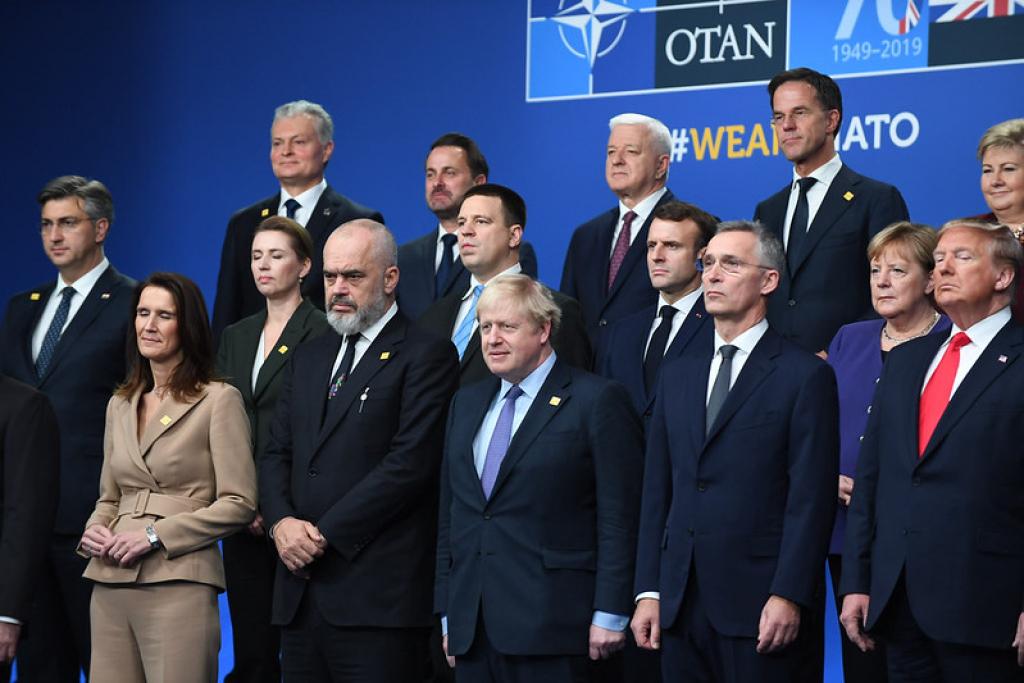Despite all these changes and talk of a more forceful European voice, it remains to be seen whether this translates onto the military realm. After all, one organisation in which the US has a predominant position still persists: NATO. This is not to say that Trump’s inward-looking policies and erratic foreign and security policy initiatives have not impacted the Alliance. But if NATO’s reaction to Covid-19 is any indication, its organisational leadership knows how to react in a crisis and seize an opportunity. NATO reacted very early to the spread of Covid-19, using its strategic air lifting capabilities to fly medical personnel and over 1,000 tons of medical equipment and building field hospitals with additional treatment beds.
NATO has also coordinated medical aid donations beyond its membership to countries with some kind of affiliation with NATO in its neighbourhood. These are only some of the many ways that NATO has adapted and created new opportunities for itself over the years. After all, NATO’s core business during the Cold War was collective defence and extended deterrence. When pundits predicted the end of NATO with the end of the Cold War, the Alliance instead transformed into an organisation that can send military operations beyond its membership. With Russian military operations taking place at its eastern flank, NATO has developed new deterrence and collective defence postures. One of its strengths is that whatever its activity, NATO does not require all member states to participate equally. This provides a solid ground to build consensus. And it can make NATO resilient for decades to come.
If we turn our gaze to the EU and its military posture, the impact is different. Trump’s style and policies have certainly contributed to a richer vocabulary of European buzzwords such as “geopolitical actor”, “strategic autonomy” and “European army”. The idea of a European army, in particular, is not new, however. In the 1990s, British tabloids used this term to instil worry about the EU encroaching on NATO and British sovereignty. Only later has this term been used to signify something positive and unifying. What is common then and today is that we still don’t know what “European army” means to politicians and citizens alike. How should a European army relate to NATO, how could European forces become more mobile, how could the many different weapon systems in Europe be made more interoperable, and how can such an endeavour be financed reliably over time?
While there are no clear answers to these questions, this does not stop European politicians from embracing the ambition of a “European army” when countering Trump’s discourse. This was for example the case in November 2018, when both German Chancellor Angela Merkel and French President Emmanuel Macron, called for a European army and Merkel famously said, “The times when we could rely on others is past” in front of the European Parliament.
As long as the EU does not provide a clear roadmap for its ambitions, it remains ambiguous. And as long as NATO emphasises consensus-building over ambition, it will remain resilient.
This article was published in Le Temps on 9 October 2020 as part of a special dossier, “L’Amérique et nous”.


